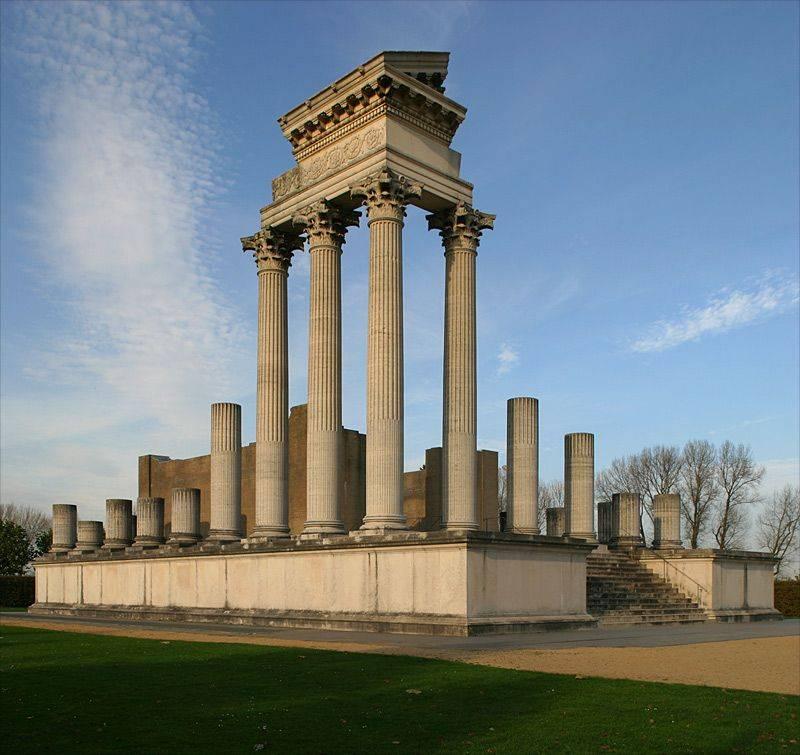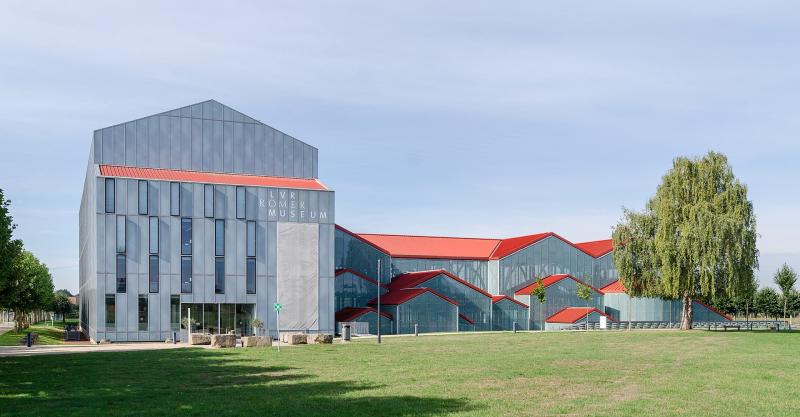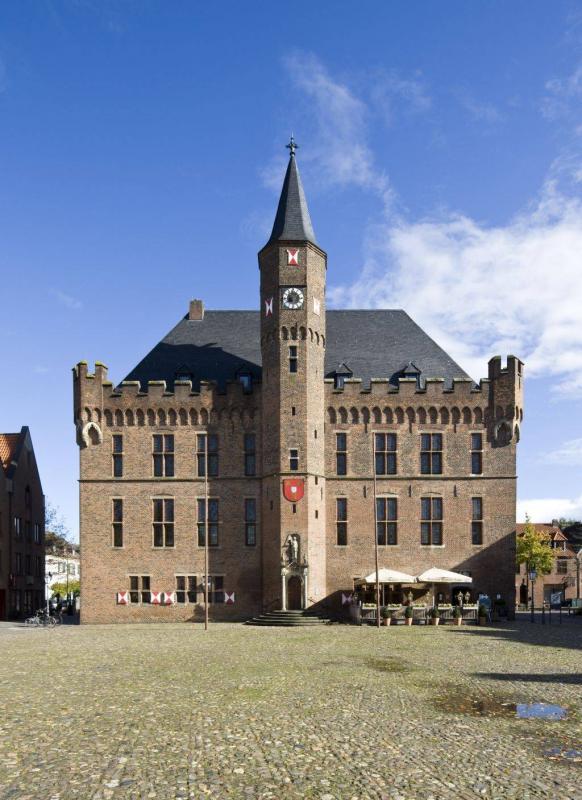© Foto: Beckstet; Lizenz: CC BY-SA 3.0
© Foto: Beckstet; Lizenz: CC BY-SA 3.0
Kapitel 8, 46509 Xanten
Icon legend
![]() This icon indicates an awarded building
This icon indicates an awarded building
![]() This icon indicates a listed building
This icon indicates a listed building
![]() Projects with this logo are on the UNESCO World Cultural Heritage list
Projects with this logo are on the UNESCO World Cultural Heritage list
![]() Project has been converted, renovated or extended
Project has been converted, renovated or extended
x close
![]()
![]()
1263-1544
Stiftsbaumeister Johann von Langenberg d.Ä.
- keine Angabe -
Advanced search with more criteria
Total projects: 483

46509 Xanten
Distance: 0.80 km

46509 Xanten
Distance: 1.02 km

47546 Kalkar
Distance: 13.98 km
The foundation stone was laid in 1263, construction took 281 years and was finished in 1544. However, the cathedral only marks the apex of a history of church buildings here, which started with commemoration rooms above graves from the 4th century.
In the 6th century, an oratorio was built, which might count as the first Christian building. The first church proper was built in 752 in the Carolingian style. That church was re-built at the beginning of the 9th century but destroyed by the Normans in 863. Then, in 967, an Ottonian-Romanesque cathedral was built, the 1263-one’s predecessor.
The facade is a double-tower facade, from which the construction periods can be read. The oldest part of the facade is the originally three-storey westwork with an in-stepped portal and round arch. The south tower was the first to get its spire (1360), the north tower not before the beginning of the 16th century. The late-Gothic tracery window was broken into the facade centre in 1517. In WWII, the cathedral was heavily damaged by bombs, one of the steeples crumbled. The cathedral’s reconstruction was finished after 19 years. In 1966, the crypt created after excavations in the 1930s was extended and is now a memorial for modern martyrs and Nazi victims.
Author: Editorial staff baukunst nrw
Text last changed on 09.10.2024
Categories:
Architecture » Public Buildings » Religious

